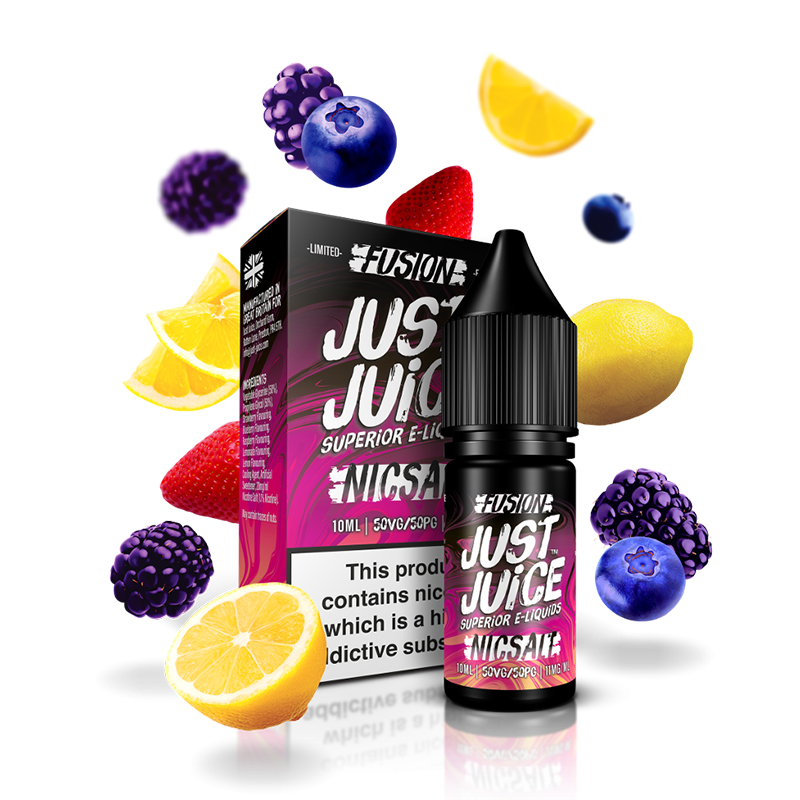
Understanding PG & VG in Nicotine Vape Juice: A Comprehensive Guide
Vape enthusiasts encounter a multitude of options when it comes to e-liquids or vape juices, with an essential aspect being the composition of these liquids.
PG and VG, food-safe liquids, constitute the bulk of e-liquids, each serving a unique purpose. Unraveling the mystery behind these abbreviations, PG stands for ‘propylene glycol,’ while VG stands for ‘vegetable glycerine.’ This article delves into the significance of PG and VG in vape juices, offering insights into their ratios, e-liquid ingredients, and considerations for different vaping setups.
Most vape juices share a common foundation, consisting of three key ingredients:
Propylene glycol (PG)
Vegetable glycerine (VG)
Flavourings
These ingredients form the basis of e-liquids, which can also incorporate varying strengths of nicotine, ranging from nicotine-free options to a maximum of 20mg, as regulated by EU TPD E Cigarette Regulations. Whether in cigalike e-cig refills, cartridges, or pre-filled pod cartridges, these components remain consistent.
Nicotine, a stimulant found in tobacco plants and certain fruits and vegetables, is a common additive in e-liquids. Freebase nicotine, the standard form present in most e-liquids, delivers a robust throat hit. On the other hand, nicotine salts or ‘nic salts’ offer a smoother and faster nicotine hit, making them preferable for those transitioning from smoking to vaping.
Propylene glycol (PG) and vegetable glycerine (VG) play crucial roles in determining the characteristics of vape juice. The ratio of these ingredients influences factors such as throat hit, flavor intensity, and vapor production. A common designation like ’80/20 PG/VG’ or ’80VG/20PG’ specifies the percentage composition of these elements.
Selecting the appropriate PG/VG ratio depends on your vaping device. High VG e-liquids are not recommended for classic or ‘MTL’ kits due to viscosity differences that may lead to coil burnout. Similarly, high PG e-liquids are discouraged for sub ohm or ‘DTL’ kits to prevent coil clogging. A balanced 50/50 PG/VG ratio, as featured in OK Vape E-Liquids, ensures versatility and compatibility with various vape kits, catering to both mouth-to-lung and direct-to-lung vaping styles.
The resistance of your vaping coil also impacts e-liquid choice. Lower resistance coils (below 1 ohm) pair well with higher VG liquids, while higher resistance coils (above 1 ohm) are better suited for higher PG vape juices.
MYDE Vape’s 50/50 e-liquid range offers a versatile solution, suitable for most e-cigarettes, tanks, and coils. With a balanced PG/VG ratio and a wide range of nicotine strengths and flavors, these e-liquids cater to diverse tastes and preferences.
In summary, understanding the roles of PG and VG, choosing the right ratio, and considering coil resistance are key elements in optimizing your vaping experience. Whether you’re a novice or an experienced vaper, these insights can guide you towards making informed choices for an enjoyable and satisfying vaping journey.
Find the newest trends and common knowledge in e-liquids business from our blog.

Vape enthusiasts encounter a multitude of options when it comes to e-liquids or vape juices, with an essential aspect being the composition of these liquids.
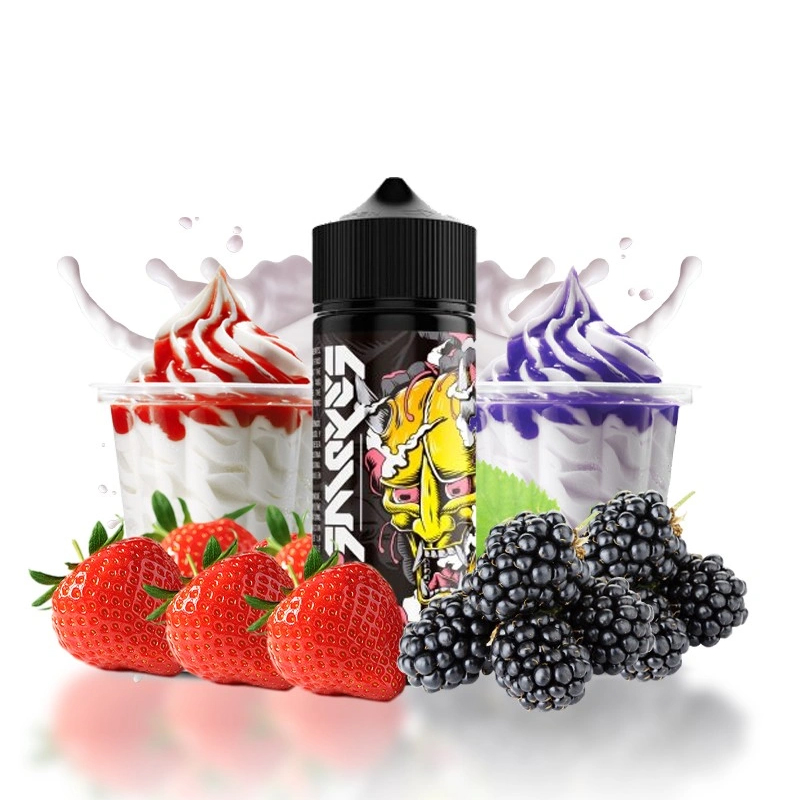
When exploring vape stores or perusing online vape websites, the plethora of vibrant pods, cartridges, and bottles filled with flavored vape juice, commonly known as
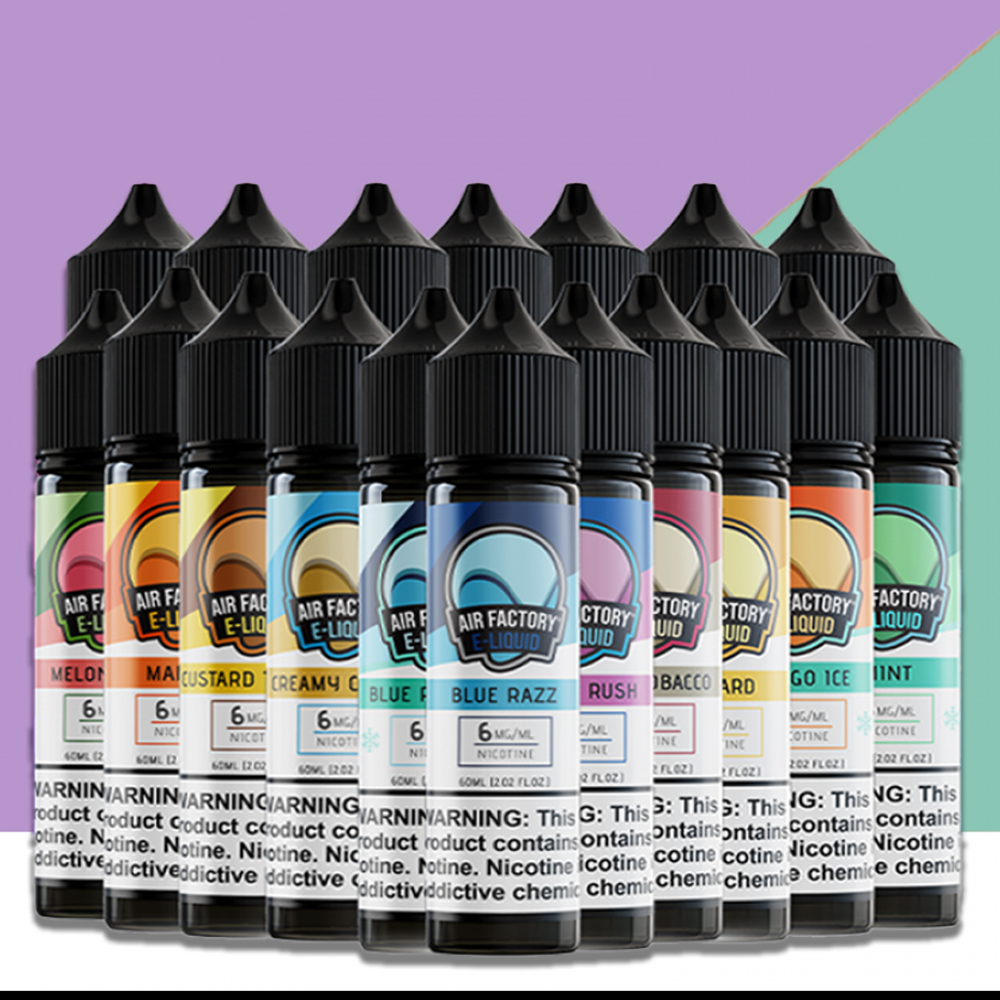
If you’ve recently acquired your first vape kit or are on the brink of doing so, the prospect of choosing vape juice can seem overwhelming
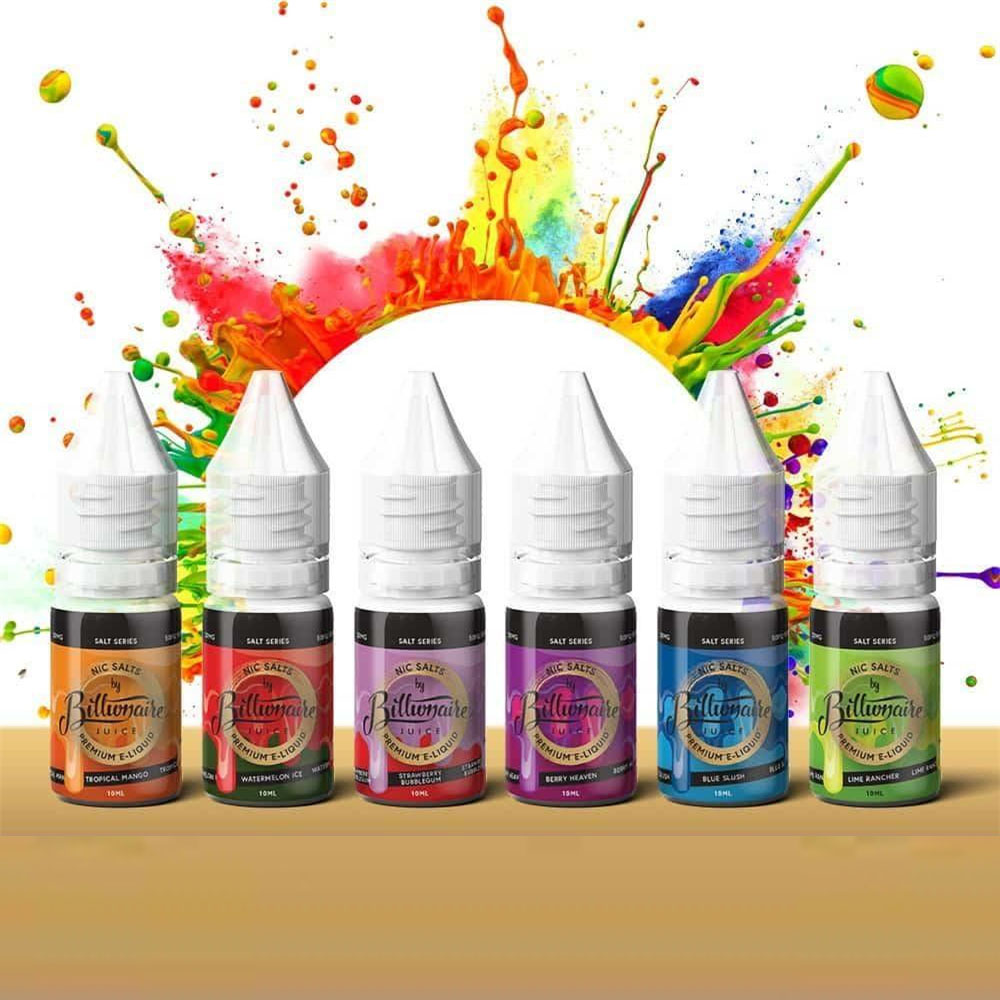
Whether you’re a vaping novice or a seasoned enthusiast, understanding the intricacies of vapes juice is essential to enhance your overall vaping experience.
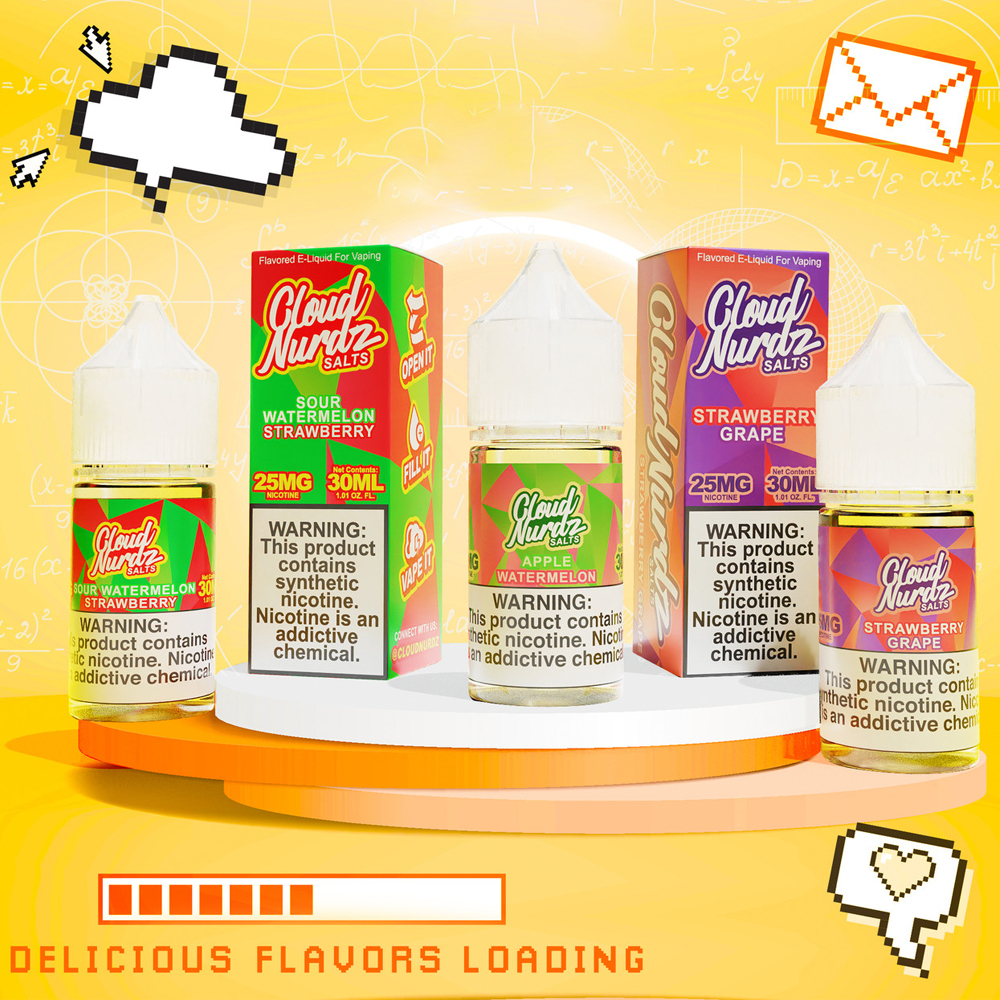
Ready to elevate your vaping experience? Vaping sans nicotine isn’t just about transitioning from traditional smoking—it opens up a world of advantages.
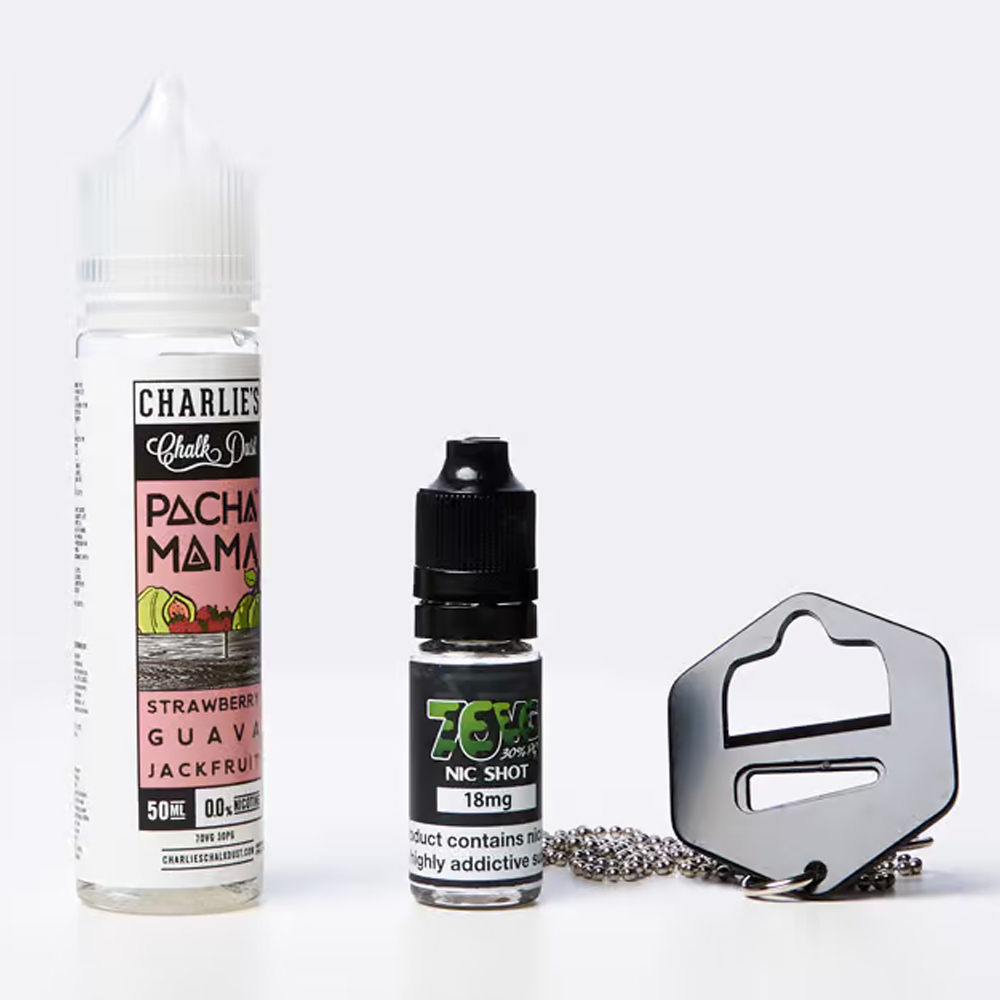
Since its inception in 2003, the e-cigarette has transformed from a cessation tool to a cultural phenomenon. Over the past two decades, the evolution of
No. 194, Chongqing Road, Zhancheng, Fuhai Street, Bao'an District, Shenzhen